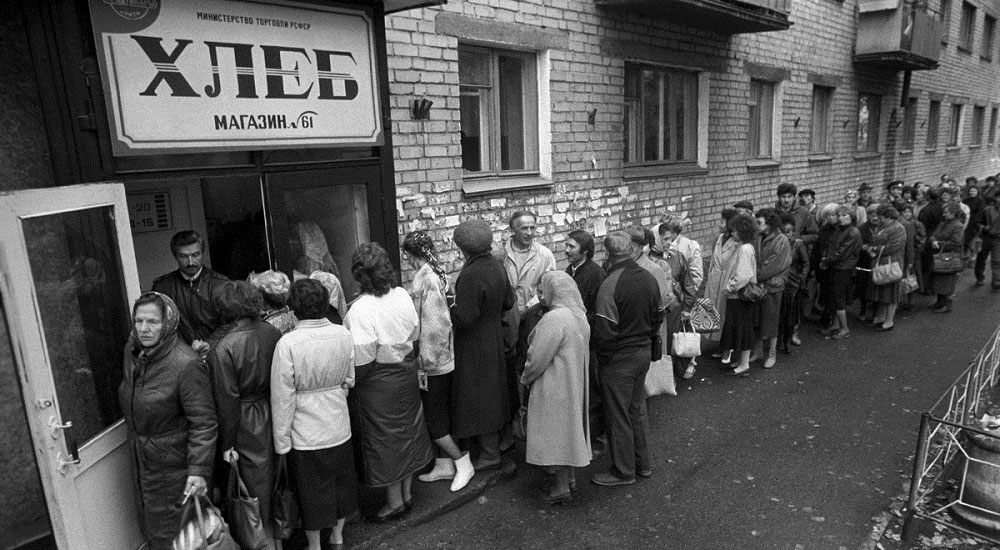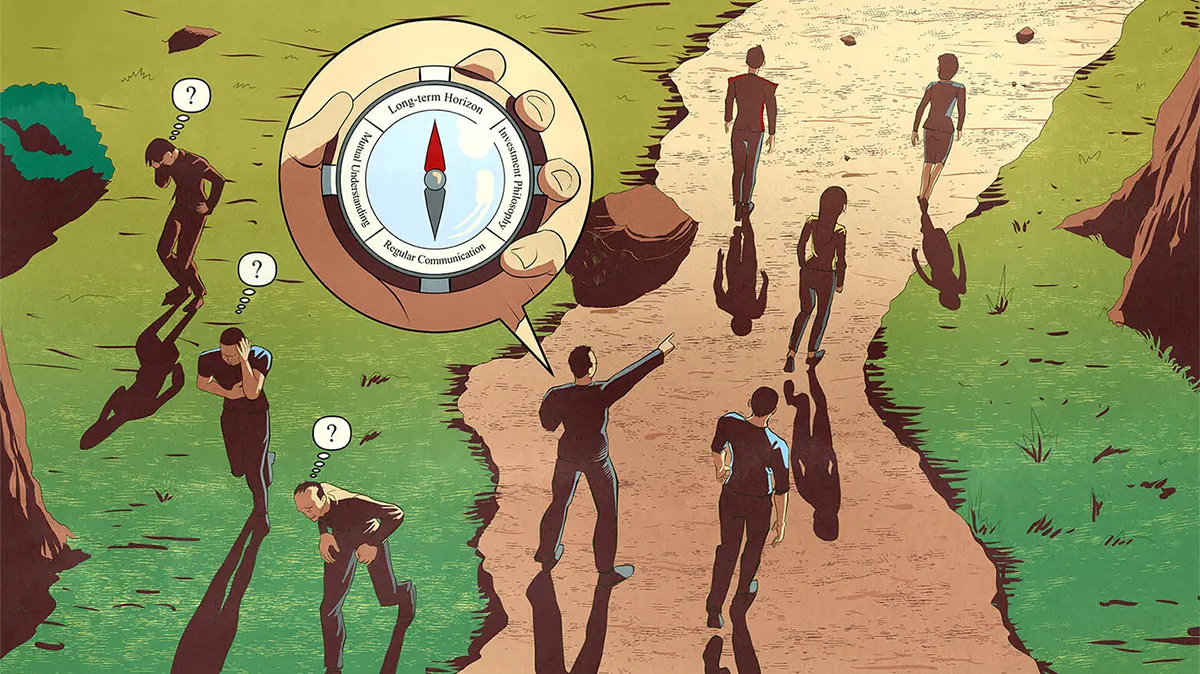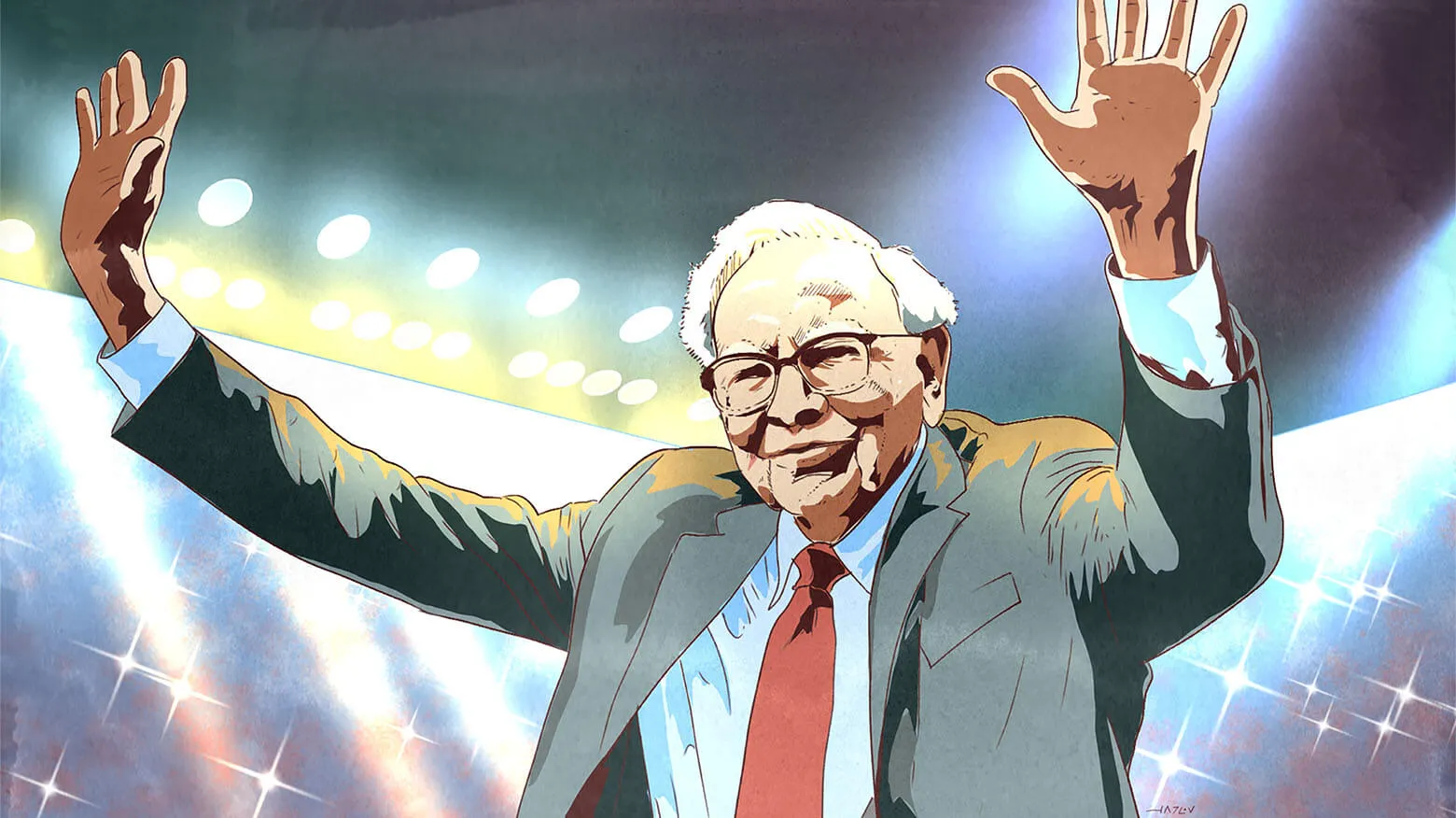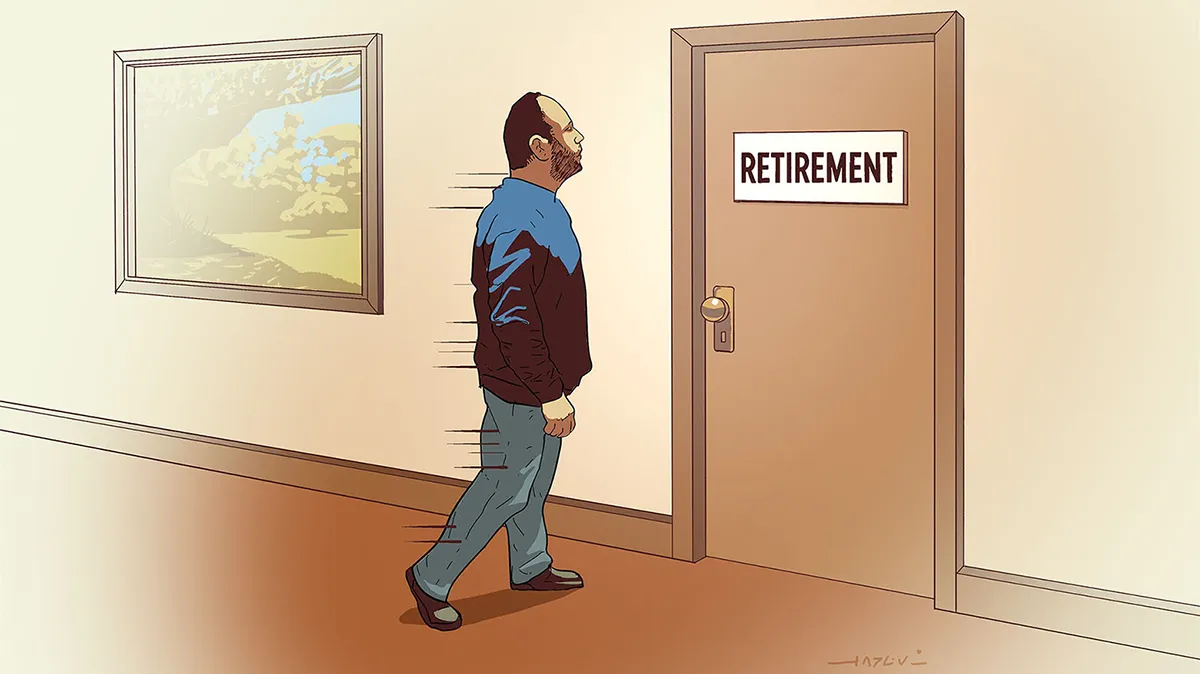The Federal Reserve’s changing of the guard — the end of the Janet Yellen’s tenure and the beginning of the Jerome Powell era — has me remembering what it was like to grow up in the former Soviet Union.
Back then, our local grocery store had two types of sugar: The cheap one was priced at 96 kopecks (Russian cents) a kilo and the expensive one at 104 kopecks. I vividly remember these prices because they didn’t change for a decade. The prices were not set by sugar supply and demand but were determined by a well-meaning bureaucrat (who may even have been an economist) a thousand miles away.
If all Russian housewives (and house-husbands) had decided to go on an apple pie diet and started baking pies for breakfast, lunch, and dinner, sugar demand would have increased but the prices still would have been 96 and 104 kopecks. As a result, we would have had a shortage of sugar — a common occurrence in the Soviet era.
In a capitalist economy, the invisible hand serves a very important but underappreciated role: It is a signaling mechanism that helps balance supply and demand. High demand leads to higher prices, telegraphing suppliers that they’ll make more money if they produce extra goods. Additional supply lowers prices, bringing them to a new equilibrium. This is how prices are set for millions of goods globally on a daily basis in free-market economies.
In the command-and-control economy of the Soviet Union, the prices of goods often had little to do with supply and demand but were instead typically used as a political tool. This in part is why the Soviet economy failed — to make good decisions you need good data, and if price carries no data, it is hard to make good business decisions.
When I left Soviet Russia in 1991, I thought I would never see a command-and-control economy again. I was wrong. Over the past decade the global economy has started to resemble one, as well-meaning economists running central banks have been setting the price for the most important commodity in the world: money.
Interest rates are the price of money, and the daily decisions of billions of people and their corporations and governments should determine them. Like the price of sugar in Soviet Russia, interest rates today have little to do with supply and demand (and thus have zero signaling value).
For instance, if the Federal Reserve hadn’t bought more than $2 trillion of U.S. debt by late 2014, when U.S. government debt crossed the $17 trillion mark, interest rates might have started to go up and our budget deficit would have increased and forced politicians to cut government spending. But the opposite has happened: As our debt pile has grown, the government’s cost of borrowing has declined.
The consequences of well-meaning (but not all-knowing) economists setting the cost of money are widespread, from the inflation of asset prices to encouraging companies to spend on projects they shouldn’t. But we really don’t know the second-, third-, and fourth derivatives of the consequences that command-control interest rates will bring. We know that most likely every market participant was forced to take on more risk in recent years, but we don’t know how much more because we don’t know the price of money.
Quantitative easing: These two seemingly harmless words have mutated the DNA of the global economy. Interest rates heavily influence currency exchange rates. Anticipation of QE by the European Union caused the price of the Swiss franc to jump 15% in one day in January 2015, and the Swiss economy has been crippled ever since.
Americans have a healthy distrust of their politicians. We expect our politicians to be corrupt. We don’t worship our leaders (only the dead ones). The U.S. Constitution is full of checks and balances to make sure that when (often not if) the opium of power goes to a politician’s head, the damage he or she can do to society is limited.
Unfortunately, we don’t share the same distrust for economists and central bankers. It’s hard to say exactly why. Maybe we are in awe of their Ph.D.s. Or maybe it’s because they sound really smart and at the same time make us feel dumber than a toaster when they use big terms like “aggregate demand.” For whatever reason, we think they possess foresight and the powers of Marvel superheroes.
Warren Buffett — the Oracle of Omaha himself — admitted that he doesn’t know how the QE experiment will end. And if you think well-meaning economists running central banks know, you may have another thing coming.
Alan Greenspan — the ex-pope of the Federal Reserve — in a 2013 interview with the Wall Street Journal said that he “always considered [himself] more of a mathematician than a psychologist.” But after the 2008-09 financial crisis and the criticism he received for contributing to the housing bubble, Greenspan went back and studied herd behavior, with some surprising results. “I was actually flabbergasted,” he admitted. “It upended my view of how the world works.”
Just as the well-meaning economists of the Soviet Union didn’t know the correct price of sugar, nor do the good-intentioned economists of our global central banks know where interest rates should be. Even more important, they can’t predict the consequences of their actions.









A useful book is John F. Cogan’s The High Cost of Good Intentions: A History of U.S. Federal Entitlement Programs. It being published by
Stanford in 2017, it doesn’t deal with the current disorder in which Congress has thrown Americans under the Omnibus. Then there’s
Rand Paul’s Festus 2022 report in which he reports we’re paying to teach Ethiopians how to wear shoes. I’d like to see a congressional
name attacted to each of these expenditures so that the proponents can receive the riidcule they deserve.